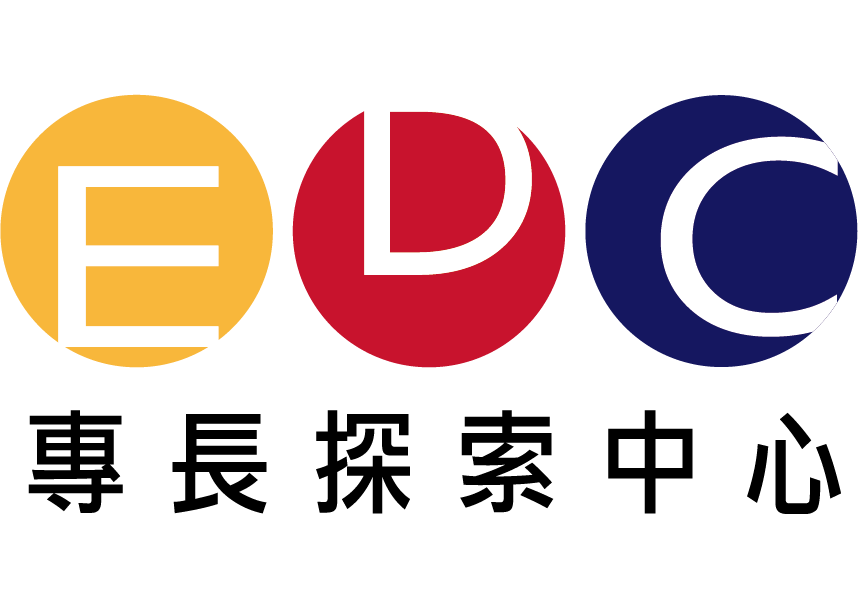未分類
Typography and Readability: Text Display Optimization and Legibility
Typography and Readability: Text Display Optimization and Legibility
Typography plays a vital role in communication, especially when it comes to digital media such as websites, applications, and documents. The choice of font, text size, color, and layout significantly affects how users perceive and process information. A well-designed typographic system can enhance readability, user experience, and overall engagement.
The Science Behind Readability
Readability is not just about aesthetics; it’s a complex interaction between the reader’s visual processing capabilities, the design of the text display, and the content itself. Several factors influence readability, including:
- Font choice : Different https://playojocasinouk.com/ fonts have varying characteristics that can either facilitate or hinder reading. Serif fonts (e.g., Times New Roman) are often used in print media due to their improved legibility, while sans-serif fonts (e.g., Arial) are commonly employed in digital environments for their simplicity and consistency.
- Text size : The optimal text size depends on the screen resolution, device type, and reading distance. A text that is too small or too large can strain the user’s eyes or make it difficult to focus.
- Line spacing : Adequate line spacing allows readers to easily distinguish between lines of text and reduces visual fatigue. Typically, 1.2-1.5 times the font size is recommended for line spacing (also known as leading).
- Color : High contrast between text and background colors is essential for readability. Avoid using text on images or low-contrast backgrounds that can cause visual strain.
- Layout : A clear hierarchy of information, proper use of headings, subheadings, and body text, and sufficient white space all contribute to improved readability.
Typography and User Experience
The relationship between typography and user experience (UX) is multifaceted:
- Consistency : Establishing a consistent typographic system across an interface helps users navigate and understand the content more efficiently.
- Scannability : Using headings, subheadings, and clear formatting enables readers to quickly identify key information and scan through the content.
- Legibility : Choosing fonts that are easy to read on digital devices ensures a positive user experience, even at smaller text sizes.
- Accessibility : Designing for readability also addresses accessibility concerns, as clear typography can help users with visual impairments or dyslexia better comprehend information.
Typography in Digital Media
The characteristics of digital media demand specific typographic considerations:
- Screen resolution : Text on screens is often displayed at a lower resolution than print media, which affects font choice and text size.
- Device variability : Different devices (e.g., desktops, tablets, smartphones) have varying screen sizes, resolutions, and display technologies, requiring adaptable typography.
- Content types : Various content formats (e.g., articles, blog posts, social media updates) have distinct typographic requirements to optimize user engagement.
Best Practices for Typography
To ensure optimal readability and a positive user experience:
- Choose fonts that are optimized for digital use , taking into account font weight, style, and readability.
- Select text sizes and line spacing that accommodate the intended audience and device types.
- Use high contrast colors to improve legibility, especially in situations where users may view content on different devices or at varying distances.
- Apply a clear typographic hierarchy , using headings, subheadings, and body text consistently.
- Consider accessibility guidelines , ensuring that the typography is usable by diverse audiences.
The Future of Typography
As technology advances, so do the opportunities for innovation in typography:
- Responsive design : With the increasing use of mobile devices, responsive design allows typographic systems to adapt dynamically based on screen size and resolution.
- Advanced font rendering : Improvements in font rendering enable more precise control over text appearance, including subtle variations in color and texture.
- Accessibility-focused typography : As digital accessibility becomes a growing concern, typography is evolving to meet the needs of users with disabilities.
Conclusion
Typography plays a pivotal role in communication, and its optimization can significantly enhance readability, user experience, and overall engagement. By understanding the science behind readability and adapting typography to digital media characteristics, designers can create effective typographic systems that cater to diverse audiences. As technology continues to evolve, typography will remain an essential aspect of design, driving innovation and accessibility in digital environments.
